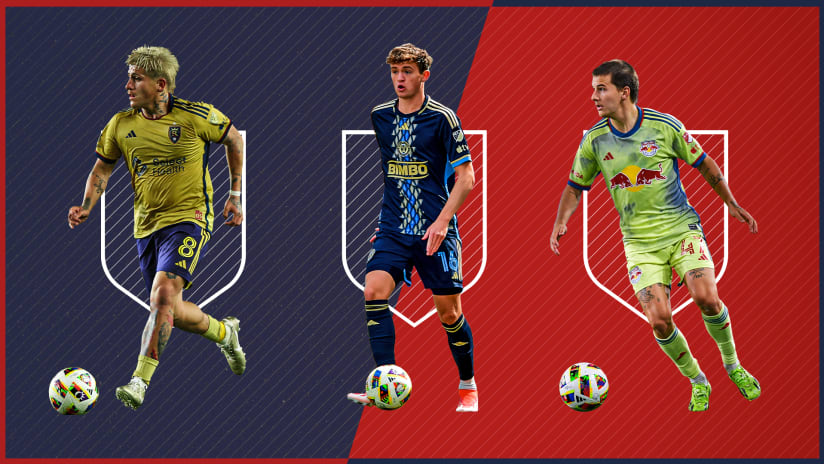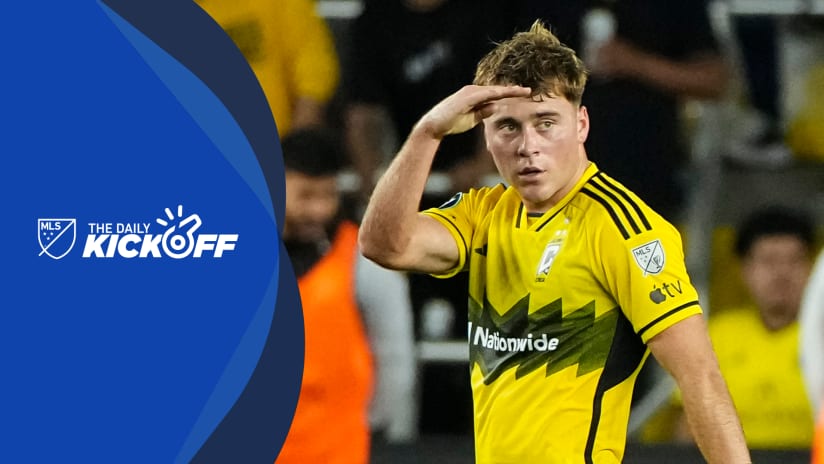In 2013, there were 887 big chances generated in Major League Soccer. Will Bruin led the league by getting on the end of 23 of them. Unfortunately for Houston, Bruin also led the league in big chances missed with a head-shaking 17.
Bruin's big-chance conversion rate was a measly 26 percent compared to the MLS average, which rested at 46 percent for the entire season. With their lead striker sputtering, Houston had a problem. In this article, we revisit that narrative. Was Bruin just unlucky or was 2013 a harbinger of things to come?
As you're probably well aware, Bruin exploded this weekend with an impressive brace plus an assist against the floundering New England Revolution during the Dynamo's 2014 home opener. The important talking point for our purposes is that the Dancing Bear finished one of the two big chances his Houston teammates created for him. While not exactly a large sample size, it did ease the minds of those in orange. Digging into Bruin's goalscoring ability just one game into the season may seem like narrative and statistical cherry-picking; that's because it is.
But there's a reason now's the time to take a close look. That's because Bruin's 2013 wasn't actually significant, from a statistical perspective at least.
Given 23 big chances – as defined by Opta – and assuming that each big chance had the league average chance of resulting in a goal (46 percent), Bruin had just 9.8 percent chance of scoring six or fewer goals from those opportunities during the 2013 season. In other words, he can expect a big chance conversion rate like this about once every 10 years out of pure luck. Given the variance shown in big-chance conversion rates across the league, Bruin's abysmal year would not be considered statistically significant.

While Bruin is off to a raging start this season, we shouldn't get ahead of ourselves either. The expectation is that his conversion rate will regress toward the mean, but past performance doesn't make him any more likely to perform at a higher level this season. This would be a classic example of Gambler's fallacy, and we should avoid talking points guilty of it.
Still, the implicit assumption here is that goalscoring form is largely a myth. This might make some people uncomfortable, but there is no overwhelming evidence that above-average (or below-average) goalscoring rates are sustainable when controlling for the quality of the chances earned. This is currently a hot topic in the soccer analytics community.
I have previously uncovered some weak year-on-year correlations between a players' chance quality and their goalscoring rate, but they are minimal. Shooting is undoubtedly a skill, but it seems that we need sample sizes larger than most high-volume shooters normally gather in a season for us to identify the league's top shooters with any mathematical certainty.
Therefore, the most important attribute for a striker is not their ability to convert opportunities into goals, it's the ability to get themselves into high-efficiency goalscoring situations in the system they are deployed. That's certainly good news for Houston, as Bruin's league-leading ability to latch onto big chances make him a striker to fear in 2014.








